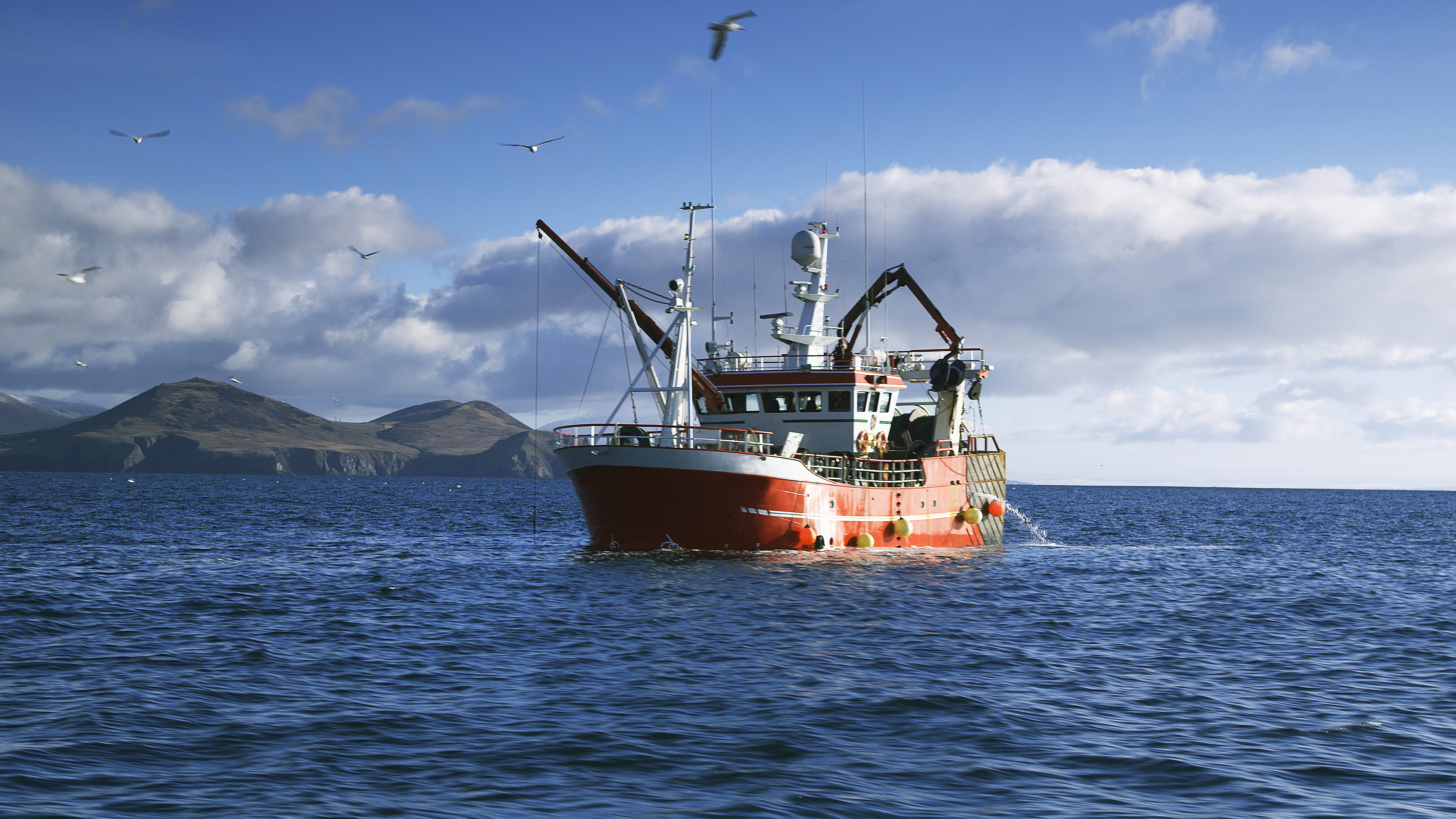
IT may be a load of rubbish but for the fishing industry, the discarded waste being piled up at harbours across Scotland is netting them a prize catch.
Fishing boats once dumped junk they hauled up in their nets back overboard. Now they bag the refuse and take it to port to be disposed of.
The Fishing For Litter scheme has just reached the milestone of pulling 1000 tonnes of potentially dangerous refuse from the seabed.
Jimmy Buchan, who starred in the BBC TV series Trawler-men, documenting the work of fishermen, said: “When we first started it, we would maybe lift a tonne of rubbish in a trip but I know it is working because now we hardly fill the bottom of a bag.
“What we have done means that we are having an environmentally positive effect.”
It has been estimated that marine litter costs the Scottish fishing industry around £10 million a year.
Mr Buchan, who trawls from Peterhead, said: “When you go fishing anything that gets into the net – a dumped sleeping bag is a classic – immediately closes up the meshes.
“When you are trawling, the net is skipping along the sandy seabed and the silt goes through the net but because of this blockage it starts to build up rapidly and that changes the geometry of the net.
“A few buckets of sand is an extremely heavy weight tugging on the net and it stops you fishing.”
The Fishing For Litter project was introduced to Scottish waters by KIMO UK, an organisation linking local authorities around the coast of the North Sea, in 2005.
Special bags are given to skippers to store the rubbish before returning it to port.
Despite the 1000 tonne landmark being reached by more than 200 Scottish boats, the plan is going to continue to make the seas healthier.
The situation Scotland’s fishing fleet found itself in dates back decades, according to Mr Buchan, 57. He said: “When I was a boy in Peterhead the town’s rubbish was dumped at sea.”
Mr Buchan said plastic changed things as previously the bulk of what had been dumped, such as paper and cardboard, broke down in the sea.
He added: “That practice was phased out but if you grow up thinking if you want to dump something, you dump it over the side, when you go to sea that is the practice. It was a problem.”
Mr Buchan says the fish which now come out of the sea are healthier.
He said: “Chefs who I supply are over the moon because they see that they are always getting quality fish. If we have a disturbed haul, with silt and mud, the quality of the fish we do catch is affected as well.”
The scheme has funding until 2020.
He said: “We don’t get paid for it, it is purely for the love of the job and the commercial benefit.”
KIMO’s chairman, councillor Raymond Christie, said the scheme was working well and reaching the milestone of 1000 tonnes was a “great achievement”.
He said: “I would like to thank all of the crews and staff who took part for their efforts to help protect our marine environment and shoreline.”
Cabinet Secretary for Environment, Climate Change and Land Reform, Roseanna Cunningham, said: “Marine litter is a very serious issue both for Scottish seas and across the global oceans.
“It is shown to harm wildlife and the natural environment while impacting on our marine industries through damage to subsea and coastal infrastructure, vessels and fishing gear.”

Enjoy the convenience of having The Sunday Post delivered as a digital ePaper straight to your smartphone, tablet or computer.
Subscribe for only £5.49 a month and enjoy all the benefits of the printed paper as a digital replica.
Subscribe